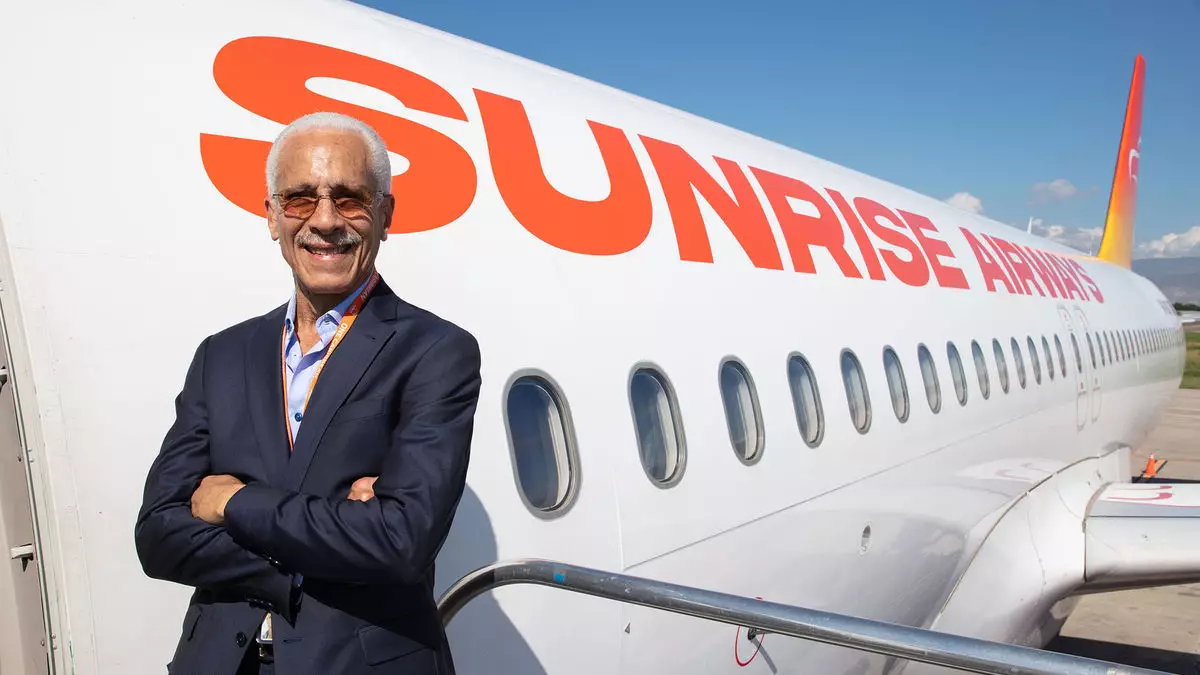The Caribbean is a region rich in diversity, offering an array of experiences, landscapes, and cultural richness across its myriad islands. However, the reality of interisland travel has long presented challenges for both residents and tourists. As 2025 approaches, there is a palpable sense of optimism that significant transformations may be in store for Caribbean tourism, particularly in improving connectivity between islands. This burgeoning potential hinges on overcoming the historical obstacles of costly airfare, convoluted layover patterns, and limited air routes, which have been traditional impediments in the regional aviation landscape.
Cost-effective interisland travel has often been mired in challenges. High ticket prices, unpredictable schedules, and lackluster flight availability have historically dissuaded travelers from exploring multiple Caribbean destinations. Nicola Madden-Greig, the outgoing president of the Caribbean Hotel & Tourism Association (CHTA), underlines the significance of airlift in driving tourist growth within the Caribbean islands. Despite a burgeoning network of regional airlines like InterCaribbean and Caribbean Airlines, the fundamental issue of economic accessibility remains.
Madden-Greig pointed out that although greater connectivity is being established, the airfares must also adapt to the needs of potential travelers. The vision of the Caribbean as a multi-destination region akin to Europe has sparked new initiatives. For instance, Madden-Greig recently coordinated a familiarization trip encompassing key destinations such as Barbados, St. Lucia, Jamaica, and the Cayman Islands, showcasing how intertwined these islands can be while featuring their unique offerings.
As airlines expand their reach, the momentum appears to be swinging upward. Firms such as Bahamas Air are entering new markets, which heralds an era of increased travel options. However, there are significant hurdles to navigate, as highlighted by Claudio Buncamper, COO of Sunrise Airways. Buncamper notes that frequent overnight layovers in hub cities remain an inevitable frustration for travelers wishing to journey across the archipelago conveniently.
Sunrise Airways is committed to ameliorating this problem, initiating new routes to Antigua, Dominica, St. Kitts, and St. Lucia while targeting future expansions to destinations such as Grenada and St. Vincent. Yet, the operational economic viability remains a challenge, as high taxes imposed by regional governments often inflate operational costs—adding layers of complexity to interisland flight pricing. Buncamper aptly encapsulated this plight, indicating that flying short distances can often cost more than longer hauls due to these structural burdens.
The taxation regime across the Caribbean has long been a contentious issue. Steve Bennett, co-founder of Uncommon Caribbean, expressed frustration at the way high taxes inhibit regional travel and economic vitality by noting that “we shoot ourselves in the foot as a region.” The necessity for tax reforms and the introduction of open-skies agreements becomes obvious to stimulate interisland movement, which could yield considerable benefits.
Currently, while places like the Windward Islands enjoy ferry services, the overall lack of affordable aircraft routes, especially northbound, restricts traveler mobility. Bennett’s observations highlight the fact that as a collective force, Caribbean nations must advocate for advantageous policies that will augment inter-regional economic activity.
The Future: A Road Paved with Optimism
The outlook for interisland travel in 2025 is undeniably filled with promise. The anticipated expansions by airlines like InterCaribbean and recently revitalized carriers such as LIAT 2020 signal a significant commitment to serve the region more effectively. Nevertheless, the ultimate success of these endeavors rests on one crucial factor—affordable ticket prices. As noted by Madden-Greig, there are continuous efforts to streamline collaborations among airlines and governments towards making interisland travel not just a desirable option, but also a financially feasible one.
Yet, if regional airlines continue to operate in silos, the hope for a cohesive Caribbean travel experience could falter. As Buncamper aptly puts it, many airlines harbor an individualistic approach, trying to “conquer the Caribbean themselves,” which has led to the downfall of numerous carriers in the past fifty years. The key takeaway here is that sustained growth in this sector can only be achieved through collaborative efforts, uniting the diverse threads of Caribbean aviation into a cohesive tapestry that showcases the islands’ potential as a multi-destination haven.
While significant growth in interisland travel may remain encumbered by historical challenges, the prospect of change looms on the horizon. With a resolute focus on reducing costs, increasing collaboration, and fostering regional tourism policies, 2025 could indeed be a transformative year for Caribbean interisland travel, allowing both tourists and residents to fully embrace the beauty of island-hopping.


Leave a Reply